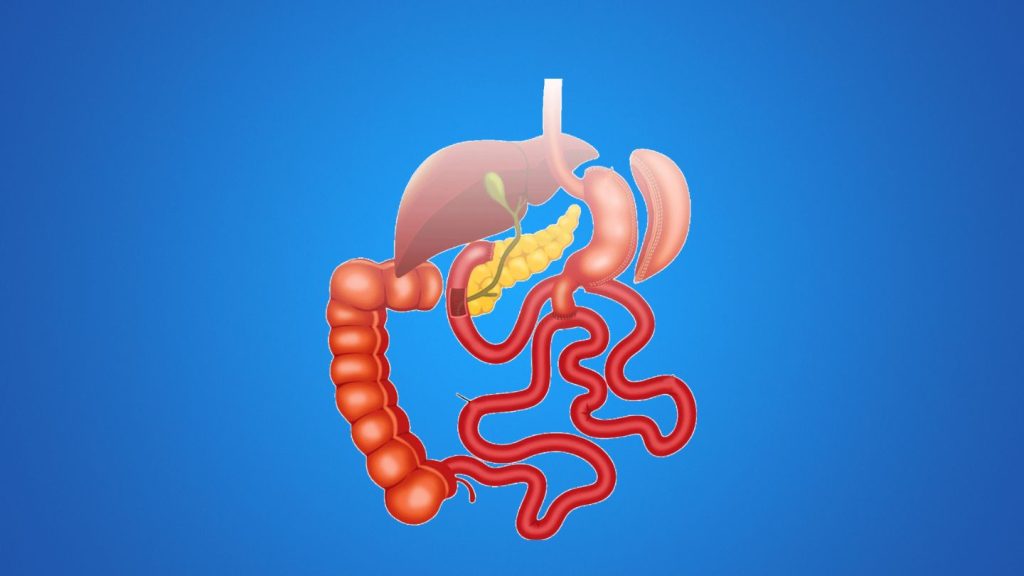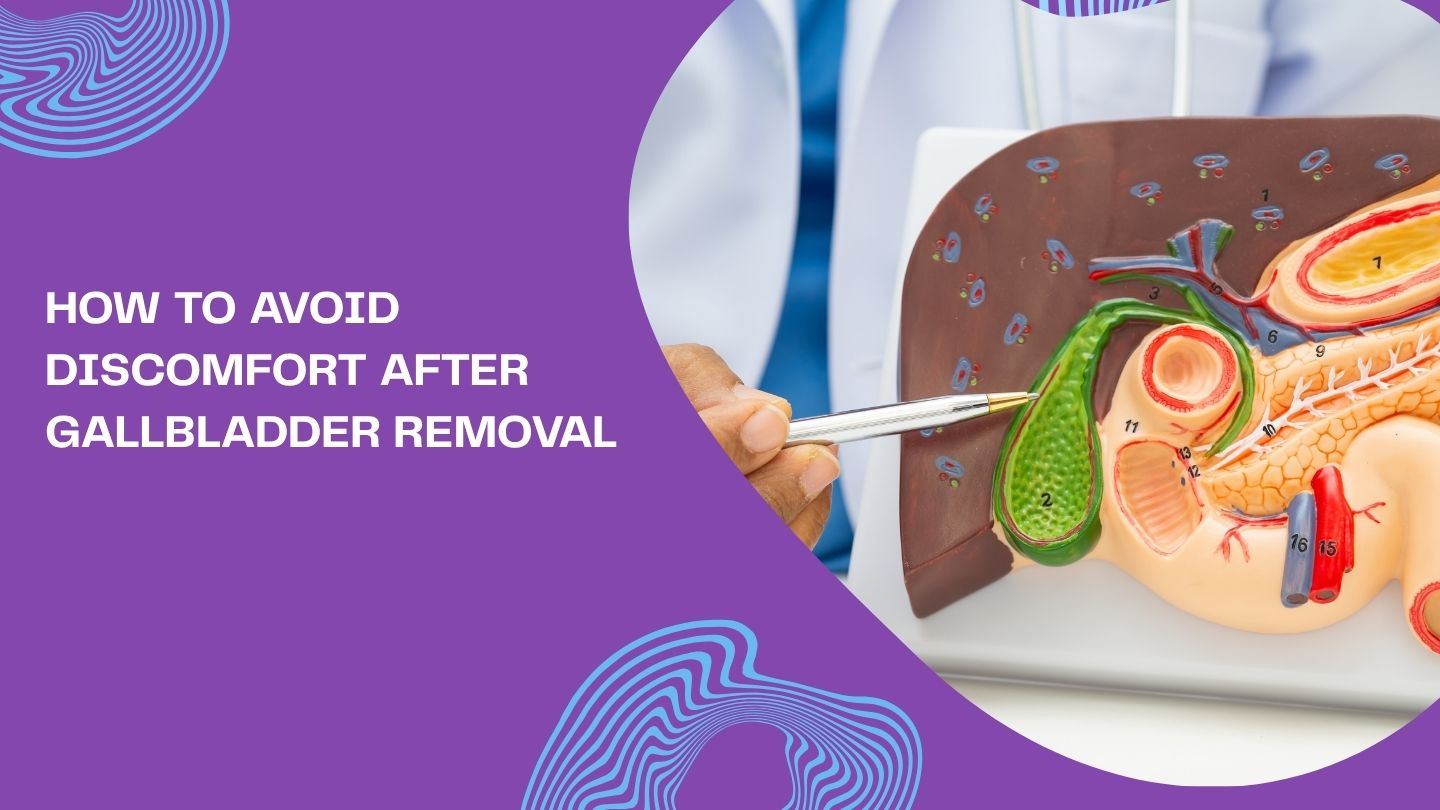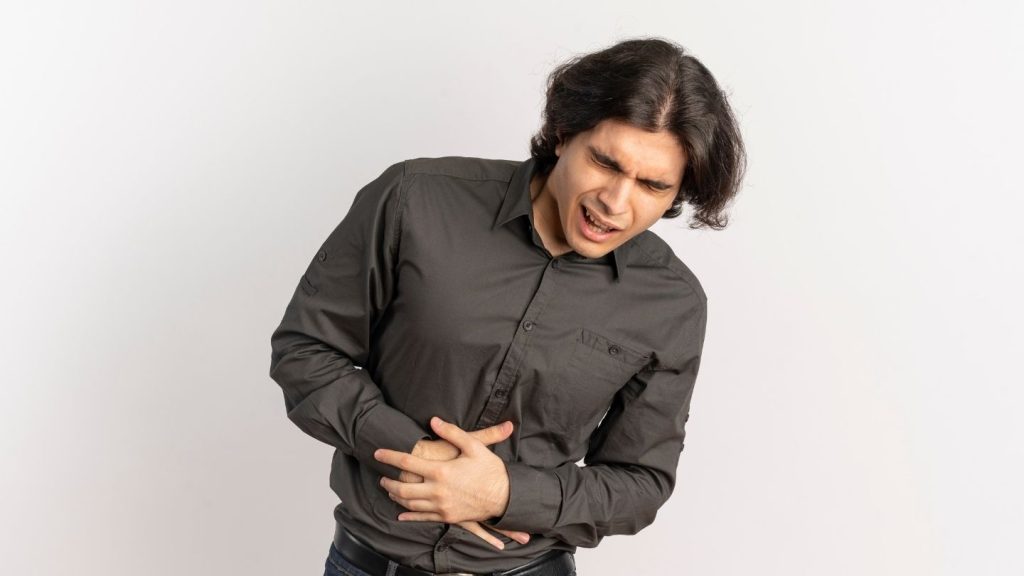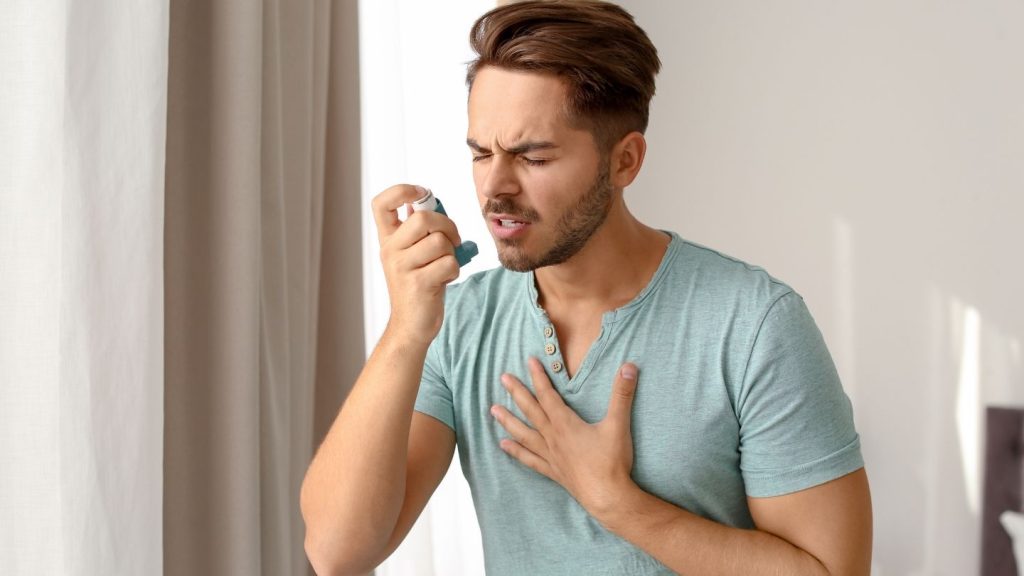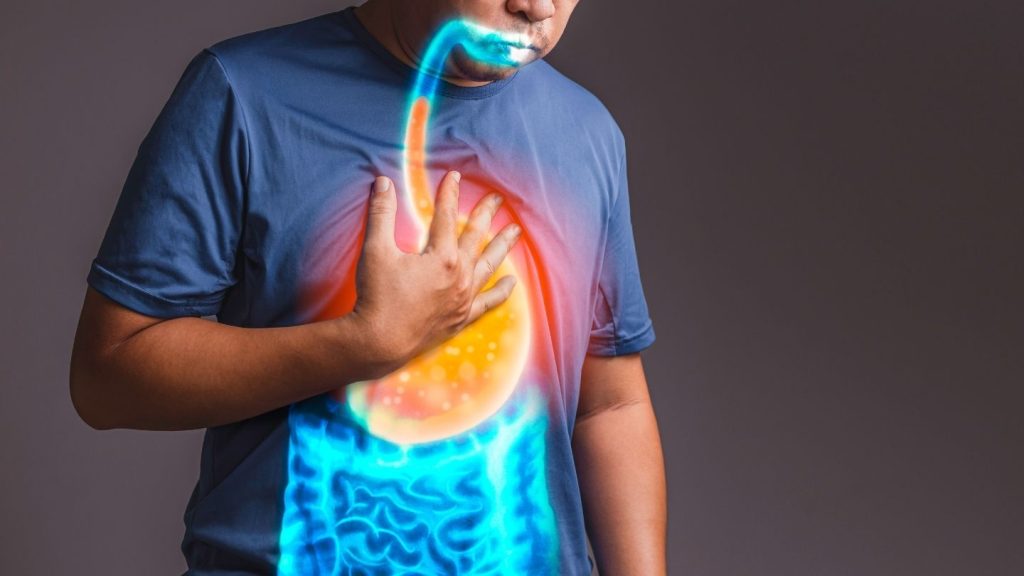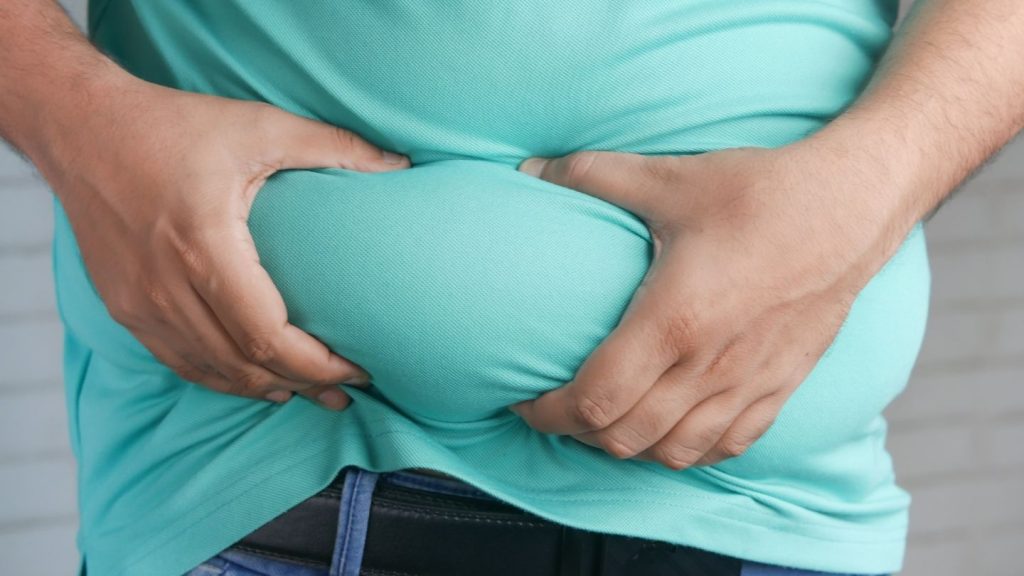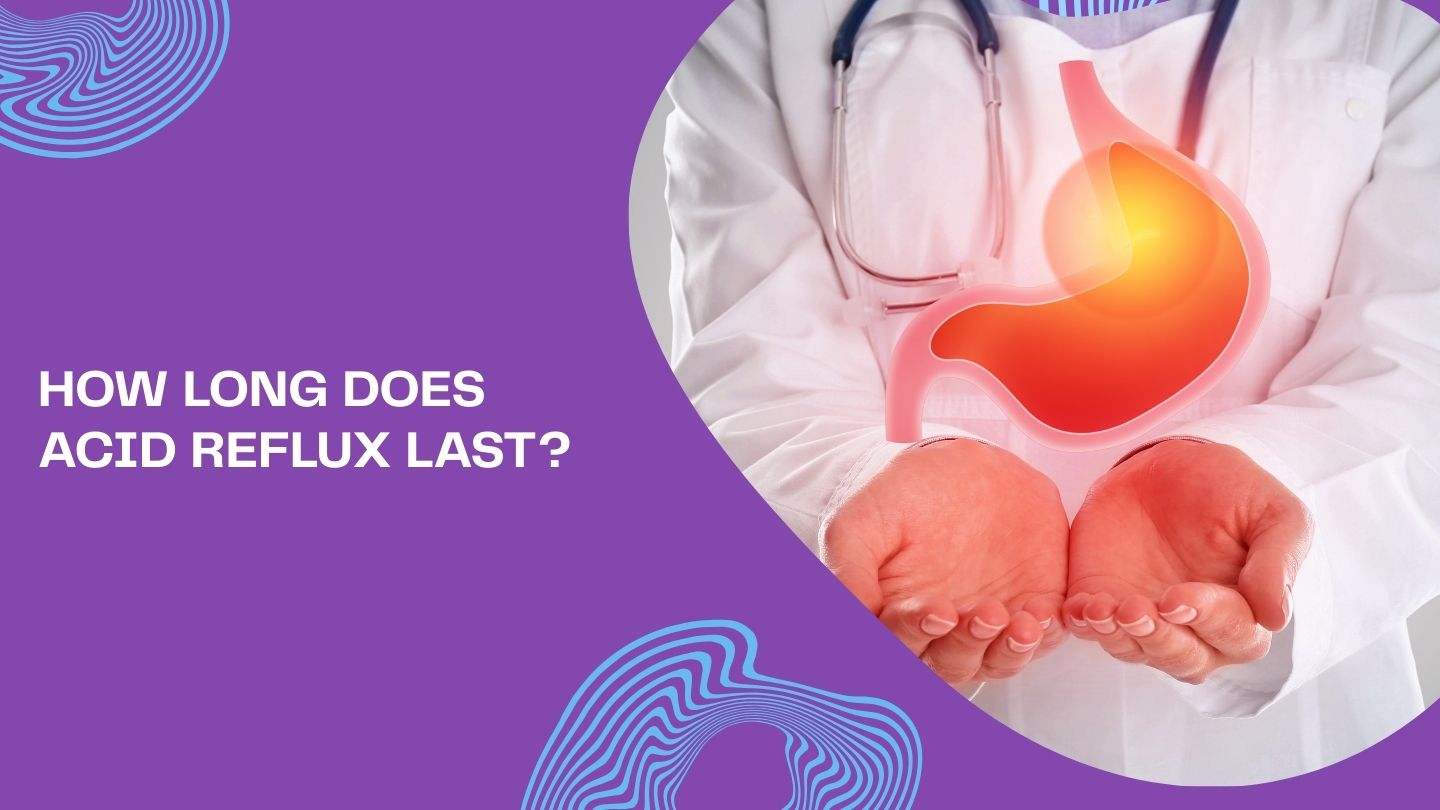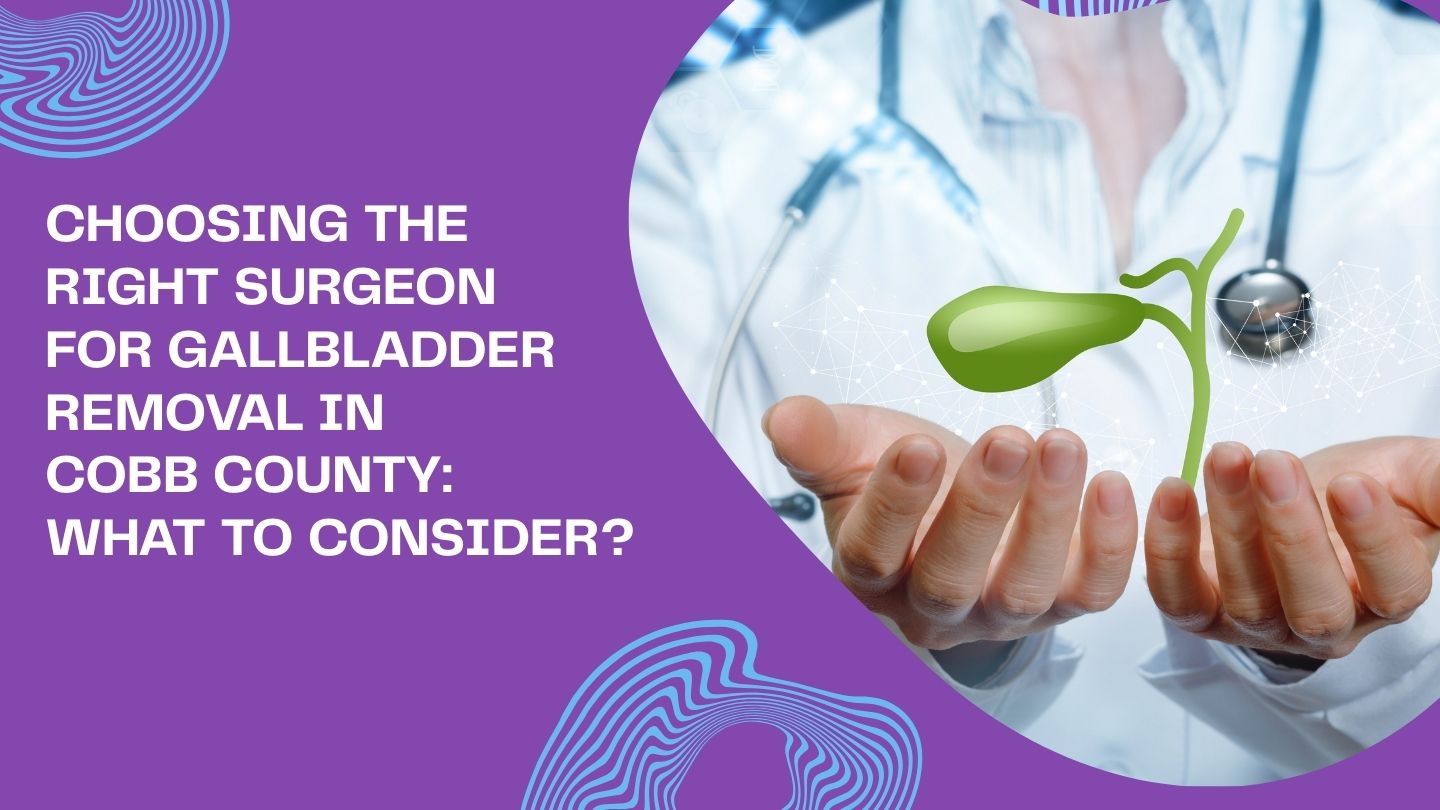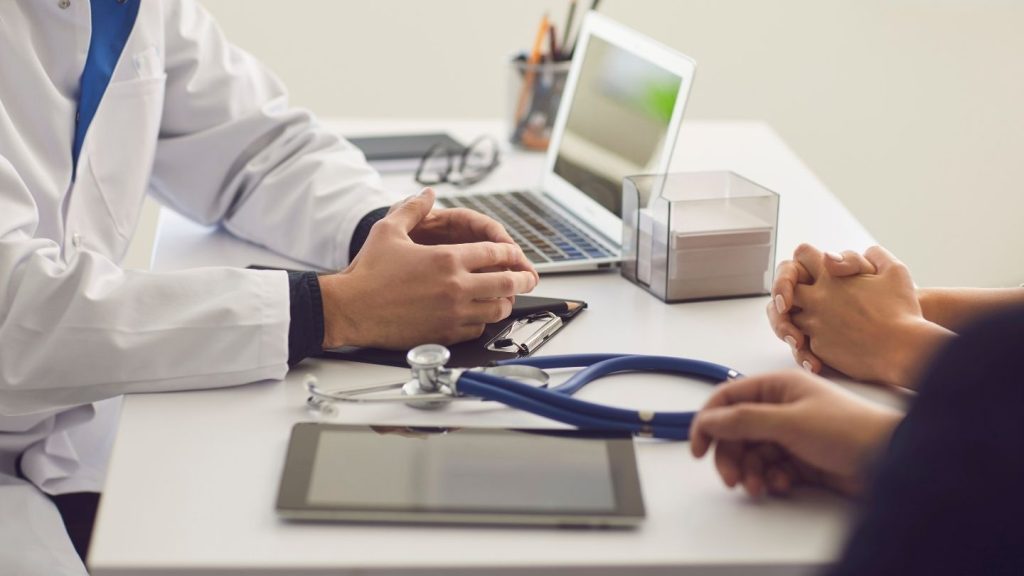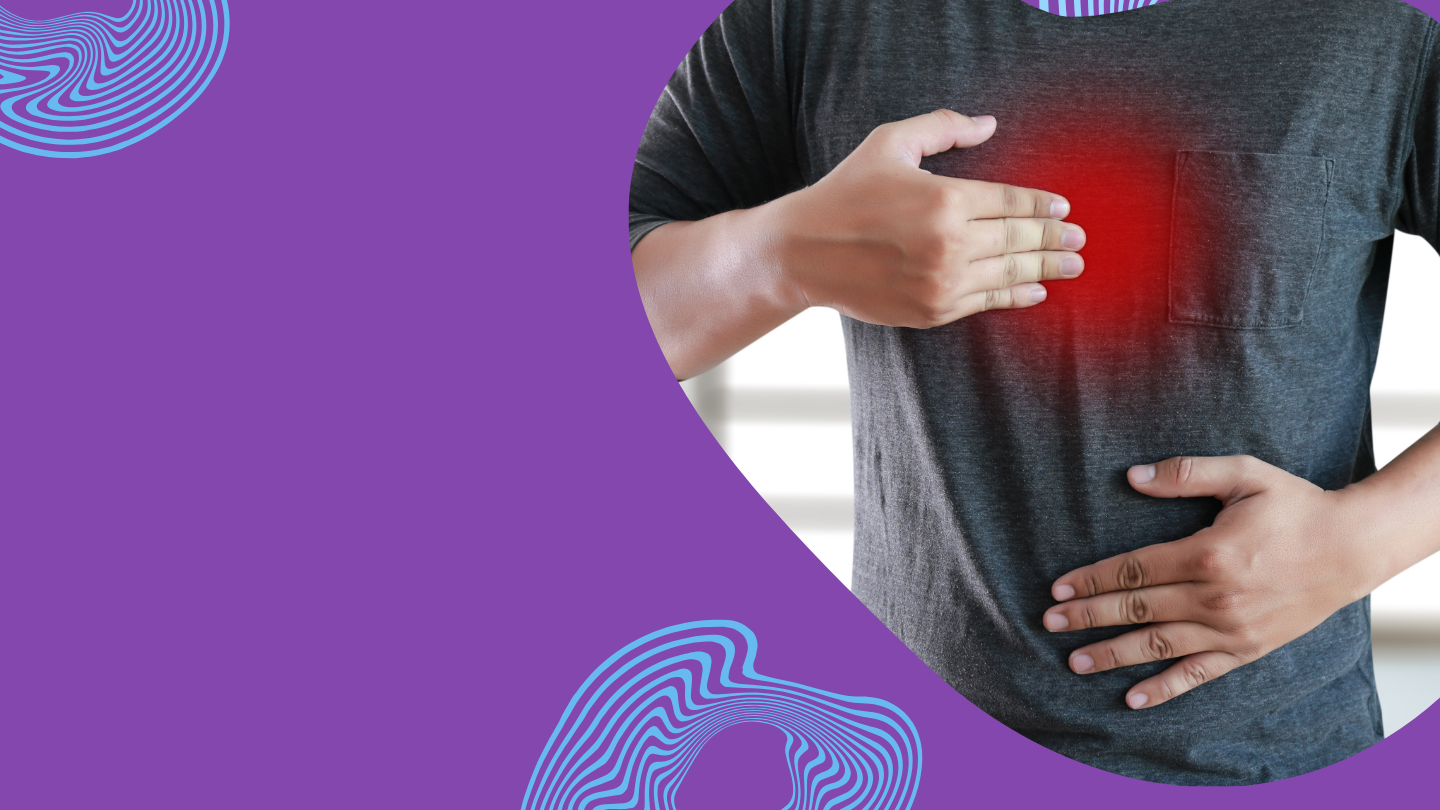
Is GERD Hereditary? Understanding the Risk Factors
Acid reflux is a common digestive issue, but for some people, it develops into a more persistent condition that affects everyday life. Researchers have long studied why certain individuals are more prone to chronic symptoms than others. While lifestyle habits play a major role, biological influences cannot be ignored. Family patterns and shared traits often point to deeper underlying causes. In this blog, we explore how genetics and other risk factors may contribute to the development of GERD.
Key Takeaways
- Gastroesophageal reflux disease shows significant hereditary patterns, with twin studies revealing approximately 31% heritability, meaning genetic factors contribute substantially to your risk
- Multiple genetic variations affect lower esophageal sphincter function, stomach acid production, and inflammatory responses, but having these genes doesn’t guarantee you’ll develop GERD
- Environmental factors like obesity, diet, smoking, and certain medications often interact with genetic predisposition to trigger acid reflux symptoms
- Family history of GERD, Barrett’s esophagus, or esophageal adenocarcinoma increases your risk, but lifestyle modifications can significantly reduce this risk even with genetic susceptibility
- Understanding both genetic and environmental risk factors enables more personalized prevention strategies and treatment approaches for managing reflux disease
The Genetic Component of GERD
If you’ve been experiencing persistent heartburn and wonder whether your family history plays a role, you’re asking an important question. Gastroesophageal reflux disease (GERD) does have a significant hereditary component, but the answer isn’t simply yes or no.
Twin and family studies provide compelling evidence suggesting that genetic factors contribute meaningfully to GERD risk. Research comparing monozygotic and dizygotic twins has revealed that approximately 31% of GERD susceptibility can be attributed to genetic inheritance. This means that while genes play an important role, they don’t tell the complete story. People experiencing persistent reflux often benefit from understanding the acid reflux vs GERD differences to better interpret their symptoms.
When scientists study identical twins (who share 100% of their DNA) versus fraternal twins (who share about 50%), they consistently find higher rates of GERD concordance in identical twin pairs. These twin studies demonstrate that genetic influences are real and measurable, placing GERD in a similar category to other complex conditions like type 2 diabetes or heart disease.
Family clustering patterns also support the hereditary nature of gastroesophageal reflux. Having a first-degree relative with GERD approximately doubles your risk of developing clinically significant reflux compared to individuals without such a family history. However, this increased risk combines both shared genes and shared environmental factors like dietary habits and lifestyle choices.
Specific Genetic Risk Factors
Several specific genes have been identified that influence your susceptibility to developing GERD. Understanding these genetic contributors helps explain why some families experience higher rates of acid reflux than others.
The FOXF1 gene plays a crucial role in lower esophageal sphincter development and function. Genetic variations in this gene can affect how well your esophageal sphincter maintains proper pressure to prevent stomach acid from backing up into your esophagus. When this genetic blueprint is altered, it may predispose you to gastroesophageal reflux even without other risk factors.
Pro-inflammatory cytokines, particularly IL-1beta and IL-1RN, show significant associations with GERD risk. These genetic markers affect how your body responds to inflammation in the digestive system. Some variations provide protective effects against acid-related damage, while others may increase your susceptibility to developing severe GERD. Interestingly, the presence of pro-inflammatory cytokine genes can also reduce acid and protect against GERD developing in the presence of Helicobacter pylori infection.
Research has also identified important genetic variations in COX-2, IL-10, GSTP1, and CCND1 gene expressions that correlate with GERD risk. These genes influence various aspects of inflammation control, cellular repair, and response to acid exposure. Single-nucleotide polymorphisms in these regions can subtly alter how your esophageal tissues handle repeated exposure to gastric acid.
Additional genetic contributors include epidermal growth factor and GNB3 gene polymorphisms, which affect tissue repair mechanisms and nerve signaling in the gastrointestinal smooth muscle. DNA repair gene alterations can also increase susceptibility by reducing your body’s ability to fix damage caused by chronic acid exposure.
How Genetics Influence GERD Development
Your genetic makeup influences GERD development through several interconnected mechanisms that affect the digestive system’s normal protective barriers against acid reflux.
Lower esophageal sphincter weakness often has genetic underpinnings. The LES acts as a crucial valve between your stomach and esophagus, and genetic factors help determine its baseline pressure and responsiveness. When genetic variations affect the development or function of this sphincter muscle, you may experience more frequent episodes where stomach contents flow backward into your esophagus.
Genetic factors also influence stomach acid production and the clearance mechanisms that normally protect your esophageal tissues. Some individuals inherit variations that lead to higher gastric acid output or reduced ability to neutralize acid that does reach the esophagus. These inherited differences in acid handling can make some people more prone to developing GERD symptoms even with similar environmental exposures.
Inherited abnormalities in esophageal motility represent another pathway through which genetics influences GERD risk. Your genes help determine how effectively your esophagus moves food downward and clears any refluxed material back to your stomach. Genetic variations affecting these coordinated muscle movements can create conditions where acid lingers longer in contact with sensitive esophageal tissues.
The genetic influence on inflammatory responses to acid exposure is particularly significant. Your inherited immune response patterns determine how aggressively your body reacts to acid contact and how effectively it repairs any resulting tissue damage. Some genetic profiles promote more severe inflammatory responses that can worsen acid reflux symptoms and increase the risk of complications.
Genome-Wide Association Studies (GWAS) Findings
Large-scale genetic research has revolutionized our understanding of GERD’s hereditary nature. Genome-wide association study findings reveal that gastroesophageal reflux gwas research has identified 25 independent genome-wide significant risk loci that contribute to GERD susceptibility.
These systematic review findings show that 91% of GERD risk alleles also increase risk for Barrett’s esophagus and esophageal adenocarcinoma, demonstrating strong genetic overlap between these conditions. This genetic correlation suggests that many of the same inherited factors that predispose you to acid reflux also influence your risk of developing more serious esophageal complications.
The esophageal adenocarcinoma consortium research has revealed that genetic markers at specific risk loci contribute differently to disease development. SNP heritability has been estimated at 11.3% on the liability scale, meaning that common genetic variations collectively account for a measurable portion of GERD risk in the population.
These genome-wide studies have identified genetic contributors affecting various biological pathways relevant to GERD development. Some risk loci influence gastroesophageal junction development, others affect inflammatory responses, and still others impact the structural integrity of esophageal tissues. The diversity of these genetic influences helps explain why GERD presents differently across individuals and families.
Understanding these genetic markers has clinical implications beyond risk assessment. Many of the identified loci represent potential drug targets for future therapeutic development, suggesting that genetic research may eventually lead to more personalized treatment approaches for managing reflux disease. Treatment discussions frequently expand to include personalized GERD treatment options for long-term digestive relief.
Environmental and Lifestyle Risk Factors

While genetics provides the foundation for GERD susceptibility, environmental factors often determine whether you actually develop symptoms. Understanding these modifiable risk factors is crucial because they represent areas where you can take action to reduce your risk, even with genetic predisposition.
Obesity and excess weight represent the strongest environmental risk factors for developing GERD. When you carry extra weight, particularly around your midsection, this creates increased abdominal pressure that can force stomach contents upward into your esophagus. Weight gain progressively worsens this mechanical pressure, explaining why maintaining a healthy weight is so important for preventing acid reflux.
Your body mass index directly correlates with GERD risk and the severity of symptoms. Each unit increase in BMI is associated with measurably higher rates of acid reflux symptoms. This relationship exists because excess weight affects multiple mechanisms simultaneously: it increases abdominal pressure, promotes hiatal hernia formation, and may alter hormone levels that influence lower esophageal sphincter function.
Dietary triggers play a significant role in making acid reflux symptoms worse, even in people without a strong genetic predisposition. Trigger foods typically include fatty or fried items, spicy dishes, citrus fruits, tomato-based products, chocolate, caffeine, and carbonated beverages. These foods either relax the lower esophageal sphincter LES, increase stomach acid production, or delay gastric emptying.
Smoking and nicotine have profound effects on LES function and represent major modifiable risk factors. Tobacco use reduces lower esophageal sphincter pressure, decreases saliva production that normally helps neutralize acid, and impairs the esophageal tissues’ ability to heal from acid exposure. Chronic obstructive pulmonary disease, often related to smoking, can also worsen GERD through increased coughing and changes in chest pressure.
Alcohol consumption impacts acid reflux through multiple mechanisms. It directly relaxes the lower esophageal sphincter, increases stomach acid production, and can delay gastric emptying. Even moderate alcohol use can trigger symptoms in susceptible individuals, while heavy drinking significantly increases both GERD risk and disease severity.
The Interaction Between Genetics and Environment
The relationship between genetic predisposition and environmental factors in GERD development is complex and highly interactive. Your genetic makeup doesn’t operate in isolation; it influences how you respond to lifestyle factors and environmental exposures. Dietary triggers can worsen reflux episodes, especially when meals include items listed among the top foods to avoid with acid reflux.
Even with significant genetic susceptibility, environmental triggers are usually required to actually develop clinically significant GERD. This explains why some people with strong family histories never experience acid reflux symptoms, while others with modest genetic risk develop severe GERD when exposed to specific environmental factors.
Genetic variations can affect how your body responds to lifestyle modifications. Some individuals with certain genetic profiles may find that dietary changes provide dramatic symptom relief, while others with different genetic backgrounds might need more comprehensive approaches, including weight management and medication, to achieve similar results.
Your inherited traits influence which environmental risk factors affect you most significantly. For example, genetic variations affecting stomach acid production might make you more sensitive to dietary triggers, while genes influencing LES function might make weight management more critical for symptom control.
Evidence suggesting that genetic predisposition interacts with obesity is particularly strong. While excess weight increases GERD risk for everyone, individuals with genetic susceptibility may develop symptoms at lower BMI levels or experience more severe symptoms with modest weight gain compared to those without inherited risk factors.
Understanding these gene-environment interactions is crucial for developing personalized prevention strategies. Rather than following one-size-fits-all recommendations, recognizing your genetic background can help guide which lifestyle modifications might be most effective for your specific situation.
Medical Conditions That Increase GERD Risk
Several medical conditions can significantly increase your risk of developing GERD, particularly when combined with genetic predisposition. Understanding these conditions helps identify additional risk factors that may require medical management.
Hiatal hernia represents one of the most important anatomical risk factors for gastroesophageal reflux. This condition occurs when part of your stomach pushes upward through the diaphragm, disrupting the normal anatomy that helps prevent acid reflux. While hiatal hernias can develop due to increased abdominal pressure from various causes, genetic factors may influence connective tissue strength and predisposition to hernia formation.
Metabolic syndrome components significantly affect GERD risk through multiple pathways. Diabetes can contribute to effects on gastric motility and delayed stomach emptying, leading to gastric distension and increased pressure that promotes reflux. High blood pressure medications, particularly calcium channel blockers, can relax the lower esophageal sphincter and worsen acid reflux symptoms.
Pregnancy creates temporary but significant increases in GERD risk through both hormonal and mechanical mechanisms. Pregnancy hormones naturally relax smooth muscle, including the LES, while the growing baby increases abdominal pressure. Women with a genetic predisposition may be more likely to develop pregnancy-related reflux that persists postpartum. Additionally, age is a risk factor for GERD, as the muscles supporting the LES can weaken over time, further increasing susceptibility.
Autoimmune conditions and inflammatory disorders can influence GERD development through effects on tissue integrity and inflammatory responses. Conditions affecting connective tissue may weaken the structural support for the gastroesophageal junction, while inflammatory diseases might alter how your body responds to acid exposure.
Several medications beyond those mentioned can increase GERD risk by affecting LES function or stomach acid production. These include certain asthma medications, some antidepressants, and pain relievers. Understanding these medication effects is particularly important for individuals with genetic susceptibility who may be more sensitive to drug-induced changes in esophageal function.
Genetic Links to GERD Complications
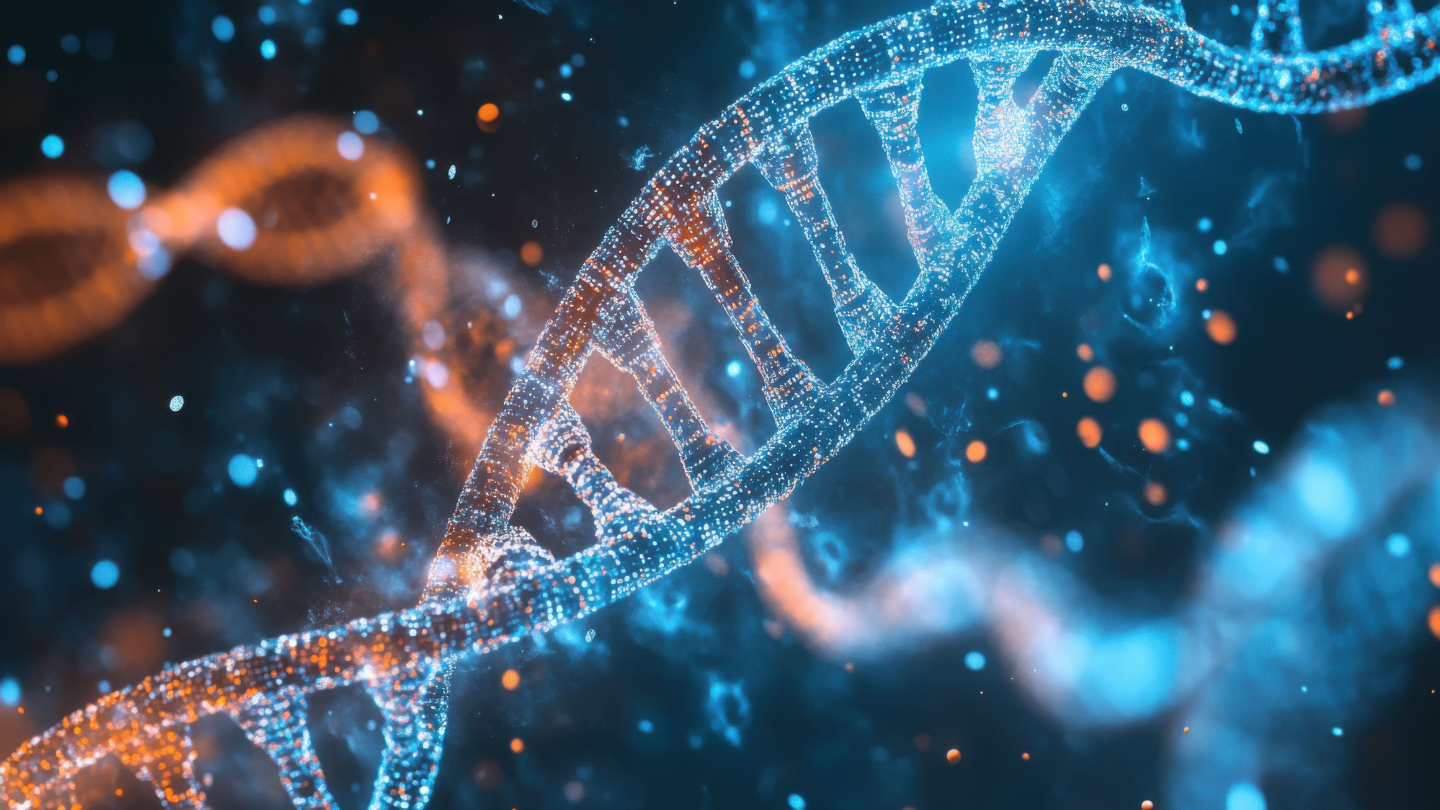
The genetic factors that predispose you to GERD also influence your risk of developing serious complications like Barrett’s esophagus and esophageal cancer. Understanding these connections is important for risk assessment and screening decisions.
Barrett’s esophagus shares substantial genetic risk factors with GERD, representing a progression along a continuum of acid-related esophageal disease. Research shows a strong genetic correlation between these conditions, with many of the same genetic variations that increase GERD risk also contributing to Barrett’s esophagus development. This genetic overlap helps explain why Barrett’s esophagus tends to cluster in families with GERD history.
The progression from GERD to subsequent severe esophageal diseases involves complex interactions between genetic susceptibility and chronic acid exposure. While most people with GERD never develop Barrett’s esophagus, those with certain genetic profiles may be at higher risk, particularly when combined with other risk factors like male sex, older age, and chronic severe symptoms.
Esophageal adenocarcinoma represents the most serious potential complication of chronic GERD, and genetic factors play important roles in determining who develops this cancer. Family history of esophageal adenocarcinoma, even without obvious GERD history, may indicate shared genetic susceptibility that warrants increased vigilance about reflux symptoms and complications. This fatal cancer has a high mortality rate and is often linked to chronic GERD, underscoring the importance of early detection and management.
Genetic influences on disease progression help explain why some individuals develop complications relatively quickly while others have decades of GERD without serious problems. Variations in genes affecting DNA repair, inflammatory responses, and cellular growth control may determine how effectively your esophageal tissues handle chronic acid exposure and repair acid-related damage.
Family history implications for cancer screening are increasingly recognized in clinical guidelines. Having first-degree relatives with Barrett’s esophagus or esophageal adenocarcinoma may influence recommendations for endoscopic screening, particularly when combined with personal symptoms of chronic GERD.
Future of Genetic Testing for GERD
Current genetic testing for GERD prediction has significant limitations that prevent routine clinical application. While researchers have identified many genetic variants associated with reflux disease, these variants individually have small effects, and current testing cannot reliably predict who will develop GERD or guide treatment decisions.
Polygenic risk scores represent an emerging approach to combine information from multiple genetic variants into comprehensive risk estimates. For GERD, these scores show promise in research settings but currently explain only a small portion of disease risk beyond simple clinical factors like weight and family history. The predictive performance needs substantial improvement before clinical implementation.
Research into personalized treatment based on genetic profiles is advancing, but remains experimental. Future approaches might involve tailoring medication choices, dietary recommendations, or monitoring strategies based on individual genetic signatures that predict treatment response or complication risk.
Potential drug targets identified through genetic studies offer hope for more effective therapies. Many of the genes associated with GERD risk code for proteins that could theoretically be targeted by new medications, potentially leading to treatments that address underlying genetic susceptibility rather than just managing symptoms.
The timeline for clinical applications of genetic findings remains uncertain but likely extends several years into the future. As genetic databases become larger and more diverse, and as our understanding of gene-environment interactions improves, genetic testing may eventually become a useful tool for personalized GERD management.
Limitations of current genetic research include the fact that most studies focus on populations of European ancestry, potentially limiting applicability to other ethnic groups. Additionally, the complex interactions between genes, environment, and lifestyle factors mean that genetic risk assessment will likely always need to be combined with comprehensive clinical evaluation.
Final Thoughts on Hereditary GERD
Understanding whether GERD is hereditary reveals an important truth: genetics can increase your likelihood of developing reflux, but your environment, lifestyle, and overall health play equally significant roles. Family history may raise your susceptibility, yet proactive management, weight control, and early medical evaluation can dramatically reduce the risk of complications. Recognizing both inherited and modifiable factors empowers you to take charge of your digestive health and make informed decisions about prevention and treatment.
At Wellstar Comprehensive Bariatric Services, we’re committed to helping individuals overcome digestive challenges and improve their quality of life. Whether you’re struggling with chronic reflux symptoms or seeking long-term solutions, our team provides GERD acid reflux treatment in Cobb County, Marietta, Smyrna, Austell, LaGrange, and West GA with advanced, patient-centered care designed to support your health goals. If you are exploring solutions such as gastric bypass, revisional bariatric surgery, gastric sleeve, or gallbladder repair, we’re here to help. Take the next step with us toward effective reflux relief and long-term wellness.
Frequently Asked Questions
Is GERD hereditary?
GERD can have hereditary influences, meaning genetics may increase your susceptibility. However, lifestyle factors such as diet, weight, and habits often play a major role in whether symptoms actually develop.
Is acid reflux disease hereditary or genetic?
Acid reflux disease shows both hereditary and genetic components. While certain genes can affect your esophageal function and acid production, environmental triggers usually determine symptom severity.

